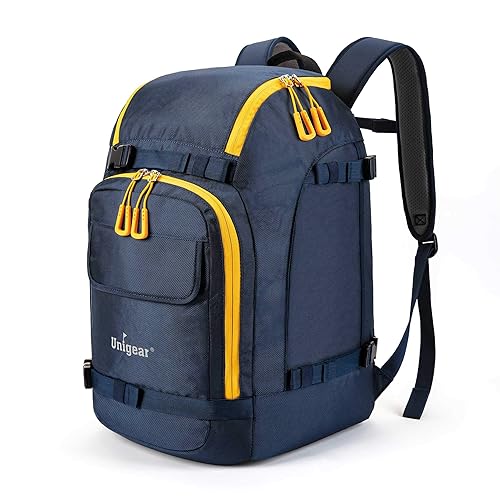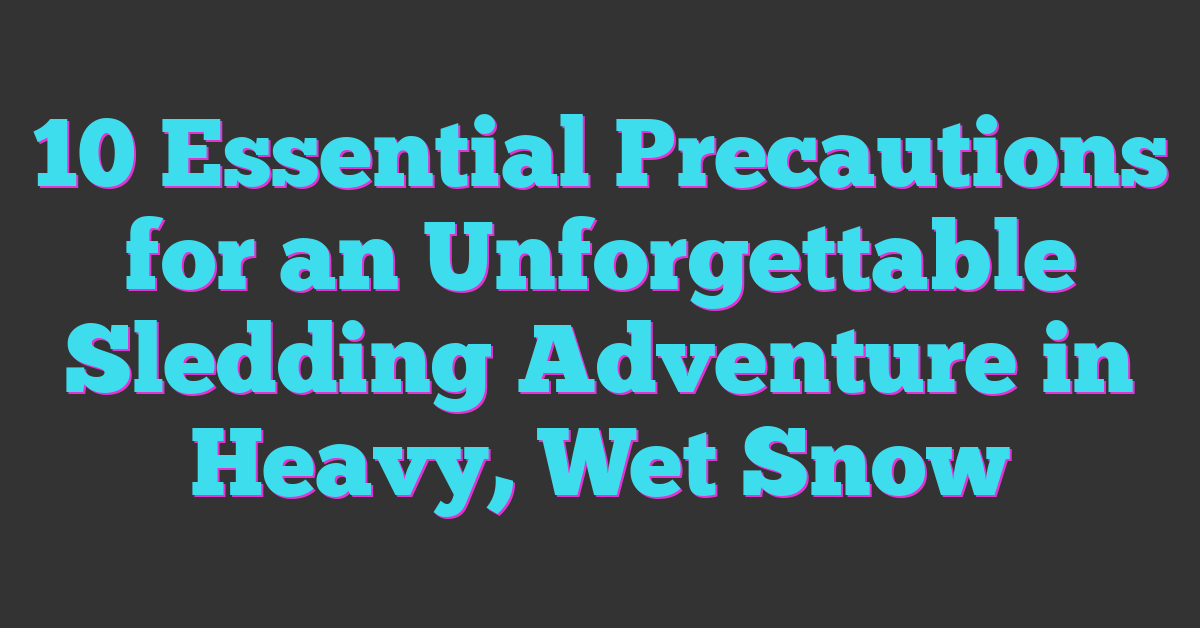Snowboarding has come a long way since its early days, and 2025 is shaping up to be an exciting year for the industry. Whether you’re a seasoned rider or just getting started, you’ll notice some fresh trends that are changing the way people gear up and hit the slopes. From innovative tech to shifting styles, the snowboarding world is evolving fast.

You’ll find that sustainability, smart gear, and new riding experiences are taking center stage. These trends aren’t just shaping products but also how communities connect and enjoy the sport. If you want to stay ahead and make the most of your time on the mountain, keeping an eye on these changes will definitely pay off.
Overview of Snowboarding Industry Trends in 2025
You’ll notice sustainability takes center stage in 2025. Brands prioritize eco-friendly materials like recycled plastics and organic fibers, reducing the environmental footprint of boards, boots, and outerwear. Your gear reflects this commitment without sacrificing performance or style.
Smart technology integrates seamlessly into snowboarding equipment. You’ll find boots and bindings with sensors that track your ride stats and adapt responsiveness based on terrain. This tech-driven gear enhances your control and safety while adding a new layer of interaction to your experience.
Customization grows more popular as manufacturers offer modular components and personalized designs. You can mix and match parts or tweak stiffness levels to match your riding style. This trend lets you express individuality while optimizing performance on varied slopes.
Backcountry and urban snowboarding gain traction alongside traditional resort riding. You’ll see more products designed for these environments, including packable gear and durable clothing suitable for unpredictable conditions. The community rallying around these styles pushes innovation.
Finally, brands emphasize community building through digital platforms and events. You can connect with fellow riders globally, share tips, and participate in challenges that fuel your passion for the sport beyond the mountain. These trends shape how you engage with snowboarding culture today and beyond.
Advances in Snowboarding Technology
Snowboarding technology leaps forward in 2025, making your ride smoother, safer, and more personalized. You’ll discover equipment that pushes performance and adapts to your style with smart features and cutting-edge materials.
Innovations in Snowboard Design and Materials
You gain more control and durability from boards using advanced composites like carbon fiber blends and recycled, high-strength plastics. These materials reduce weight by up to 20%, allowing quicker turns and less fatigue. Eco-friendly cores, such as sustainably harvested wood, keep boards resilient while cutting environmental impact. You’ll also notice new base materials that boost speed and grip on icy slopes. Shapes evolve with directional and asymmetrical designs, tailoring each board to your preferred terrain—whether that’s powder, park, or backcountry. Some boards even offer modular components, so you can swap parts to match changing riding conditions.
Smart Gear and Wearable Technology
You benefit from boots and bindings embedded with sensors that track your speed, jump height, and pressure distribution in real-time. This data syncs with your smartphone or smartwatch, helping you analyze and refine your technique after every run. Adaptive fit systems automatically adjust boot tightness based on temperature and activity level, keeping comfort consistent throughout the day. Helmets equipped with impact sensors enhance safety by detecting crashes and sending alerts. Plus, GPS-enabled goggles offer heads-up displays showing maps, weather, and trail info without looking away from the slopes. This blend of smart technology delivers a riding experience that’s safer, more informed, and deeply connected to your environment.
Sustainability and Environmental Impact
The snowboarding industry embraces sustainability more than ever, blending passion for the sport with respect for nature. Your gear and the companies behind it commit to reducing environmental harm while maintaining top performance.
Eco-Friendly Manufacturing Practices
Manufacturers use recycled plastics, organic fibers, and sustainably harvested wood for boards, bindings, and apparel. Recycled materials reduce waste and energy use during production. For instance, brands incorporate recycled PET fabrics in jackets and pants, cutting down on new plastic demand. Several companies implement waterless dyeing technologies that lower water consumption by up to 50%. These practices minimize chemical runoff and protect mountain ecosystems, keeping your favorite slopes pristine.
Efforts to Reduce Carbon Footprint in Snowboarding
Snowboarding brands strive to shrink their carbon footprint across the supply chain. Many switch to renewable energy sources like solar and wind at production facilities. Logistics improvements, including local sourcing of materials and optimized shipping routes, cut transportation emissions. Some companies offer equipment recycling programs and promote gear repair to extend product life, reducing landfill waste. You can join initiatives by choosing products certified for low environmental impact and supporting companies transparent about their sustainability goals.
Market Growth and Consumer Demographics
Snowboarding continues to grow rapidly, fueled by new riders and expanding markets. Your passion for winter sports aligns with a global wave of excitement shaping the industry in 2025.
Emerging Markets and Global Expansion
New markets in Asia, Eastern Europe, and South America experience a surge in snowboarding participation. Ski resorts in countries like Japan, Poland, and Chile invest in snow parks and terrain tailored for snowboarders. These regions attract younger riders eager for fresh experiences and access to high-quality gear. Manufacturers respond by offering localized designs and affordable entry-level equipment to meet diverse consumer needs. If you’ve noticed more international riders on your favorite slopes, it’s part of this broader expansion trend reshaping the snowboarding community worldwide.
Changing Preferences Among Snowboarders
Your evolving style influences the types of gear and experiences in demand. Riders increasingly prefer versatile boards that handle freestyle tricks and backcountry exploration. Soft-flex boards gain popularity for urban settings, while splitboards remain essential for backcountry enthusiasts seeking powder runs. Sustainability also factors into buying choices; you favor brands using recycled materials and transparent sourcing. Customization lets you express individuality through personalized graphics and fit options. As the culture embraces inclusivity and creativity, snowboarders of all skill levels find gear that matches their unique preferences and pushes the sport forward.
The Influence of Digital Media and Community Engagement
Digital media shapes the snowboarding scene in 2025, connecting riders worldwide through shared experiences and real-time updates. Your involvement with online communities enhances how you discover trends, gear, and riding spots.
Social Media Trends and Influencer Impact
Social media platforms like Instagram, TikTok, and YouTube dominate snowboarding culture, where influencers showcase tricks, gear reviews, and lifestyle content. You get access to authentic product insights and riding tips from top riders and rising stars. Viral challenges and hashtag campaigns inspire you to push your skills and join global conversations. Brands collaborate with influencers to launch limited-edition boards and apparel, making social channels go-to spots for exclusive releases and giveaways.
Online Platforms for Snowboarding Enthusiasts
Dedicated online forums, apps, and websites create spaces for you to exchange advice, share photos, and plan trips. Platforms such as Reddit’s r/snowboarding and specialized apps like Carv deliver detailed terrain analysis, weather updates, and performance tracking. These tools help you pick the right equipment based on peer reviews and expert evaluations. Virtual events and livestreams keep you connected to competitions and industry news, even when you can’t hit the slopes. Community-driven content fosters inclusivity by spotlighting riders of all levels and backgrounds, fueling your passion and progress.
Conclusion
As you step into the world of snowboarding in 2025, you’ll find it’s more than just a sport—it’s a vibrant, evolving community that embraces innovation and sustainability. Your gear will not only boost your performance but also reflect a commitment to the planet.
With new tech and expanding global scenes, there’s never been a better time to explore fresh terrains and connect with fellow riders. Staying curious and open to these trends will help you make the most of every ride while being part of a movement that’s shaping the future of snowboarding.
















